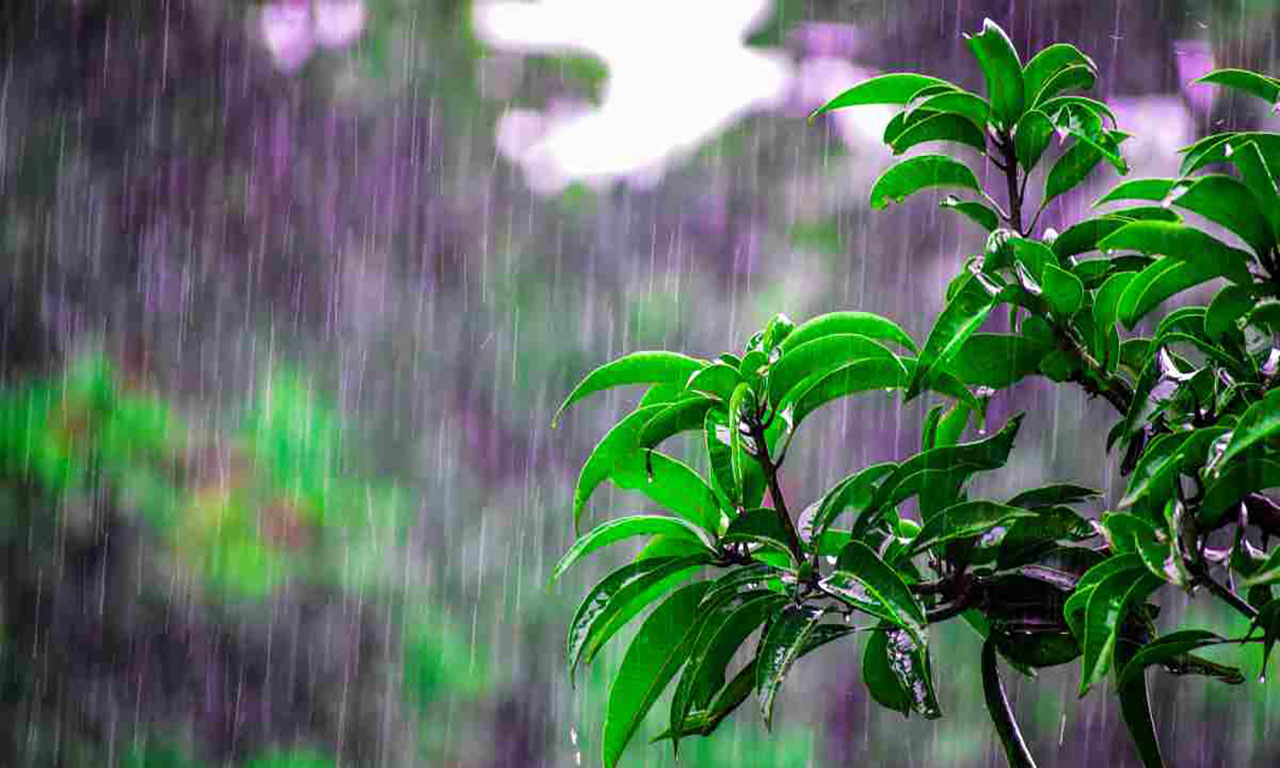HARIYALI TEEJ – the monsoon festival
-
Roopashree Sharma
- Posted on
- 0 comments

Varsha Ritu, yes – the monsoon season, spreads a lush green blanket (Hariyali) with rain showers all around. Especially after the summer heat, rains bring freshness, and pleasant weather cherished by all beings on the planet.
Most importantly for the farmers, monsoons are vital for a good crop.
Hariyali Teej, a beautiful festival celebrates this season, it falls on the third day of the Shukla paksha (ascending moon) in the Lunar month of Shravana. It is observed in the western and northern states of India and also in Nepal.
Our festivals teach us to show gratitude and celebrate every boon given by Mother Nature – be it plants, animals, or the many seasons we are blessed within our country.
Many rituals and stories are associated with this festival that is celebrated across many states in their own unique ways. Read more here.
“Besides the environment, Hariyali also symbolizes well-being and abundance – in relations, health, or prosperity.”
Therefore, it’s a celebration of marriage, friendship, local cuisine, and music.
The monsoon festivals of Teej also include Kajari Teej and Hartalika Teej*, but they are celebrated on the 3rd day of the next month – Bhadrapad.
This day also symbolizes the union of Goddess Parvati with Lord Shiva after many birth cycles and stringent and rigorous Tapasya.
We hope you enjoyed reading about our very own Monsoon festival. Here are a few ways you could celebrate it given the current situations
- Dress up Green: In these dull times, here’s a good reason to dress up, traditional or contemporary, green your look – GoGreen – with bangles, dupattas, or just a little bindi… Share your pics, #HariyaliTeejLook @theatharvanway
- Missing your Mehendi sessions? Why don’t try at home this time, here’s a quick HowTo – video
- Saawan Special Cuisine No Indian festival is complete without a special dedicated Thali, here’s a quick video with Teej’s special dishes. So try some today
Hartalika Teej of the north is not to be confused with Hartalika Teej of Maharashtra which is connected to the festival of Gowri Habba.
Do read our Articles on Science of Festivals: Akshaya Tritiya, Dussehra & Sheetala Ashtami



